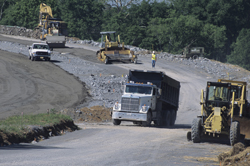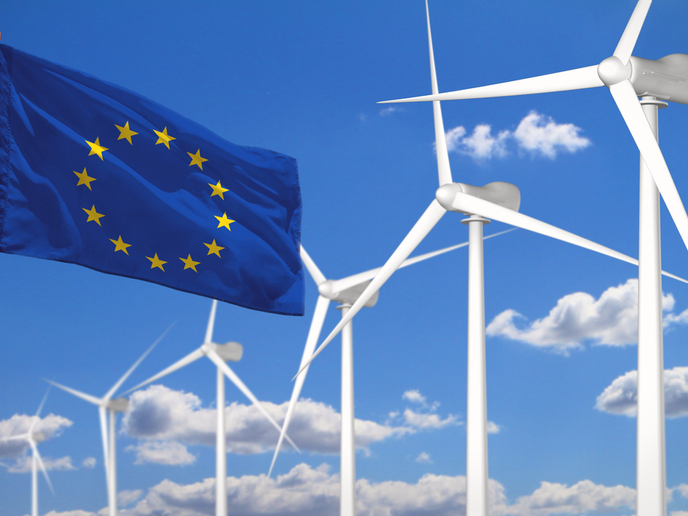Infrastructure recycling hits the road
With over 5 million kilometres of road networks, the EU is exploring ways to recycle old road infrastructure and materials once they are decommissioned. Often, tonnes of rejected materials are discarded in a way that compromises the environment and litters the landscape, calling for a reliable, environmentally sound end-of-life strategy for disused infrastructure. This was the objective of the recent EU-funded project 'Dismantling and recycling techniques for road materials - Sharing knowledge and practices' (Direct_MAT). Primarily, the project aimed to disseminate knowledge and recommendations on dismantling and recycling of road and road-related materials. It gathered 20 project partners from 15 European nations to document the latest data, technologies and practices in the field. From this information the project team built a highly authoritative and informative website that outlines practices about discarded materials such as concrete, steel and tar, in addition to publishing best practice guides and benchmarking the different recycling methods involved. In addition to enabling correct reintroduction of road-related waste products back into new roadways, the project became a tool for keeping daily records of sites where road dismantling was ongoing. Monitoring of these jobsites helps the EU in refining their standards and technical information in order to improve recycling even further. Although half the reclaimed asphalt pavement is recycled in the EU, each country has its own laws and practices, calling for better harmonisation of strategies across the bloc. With free online access to best practice guides and useful case studies, policymakers and stakeholders can upgrade the recycling of road materials significantly. Researchers and scientists will also be able to inform their research and feed their findings back into the project website, positioning the EU as a leader in recycling road materials. This represents yet another victory in ecology and sustainability for Europe.







